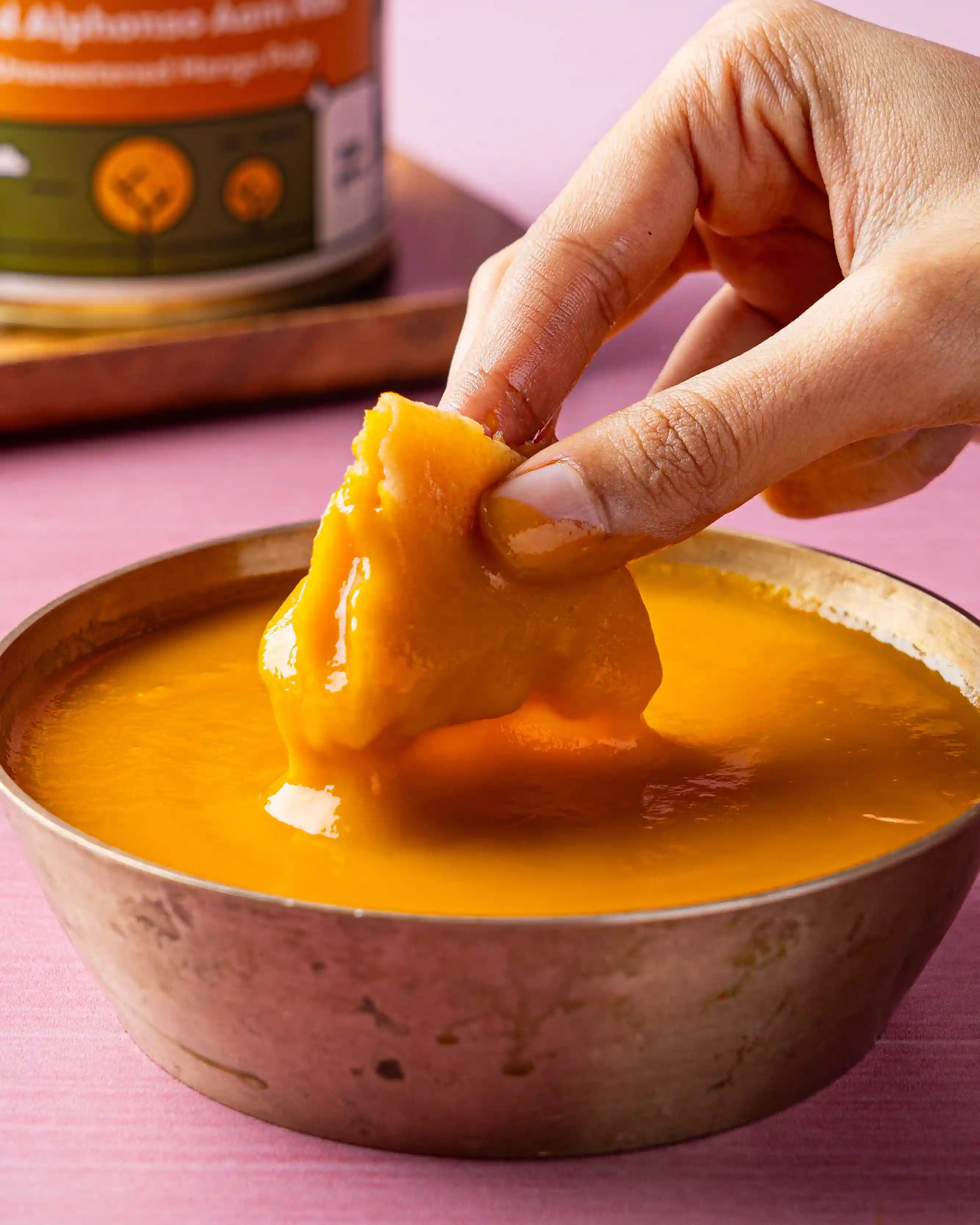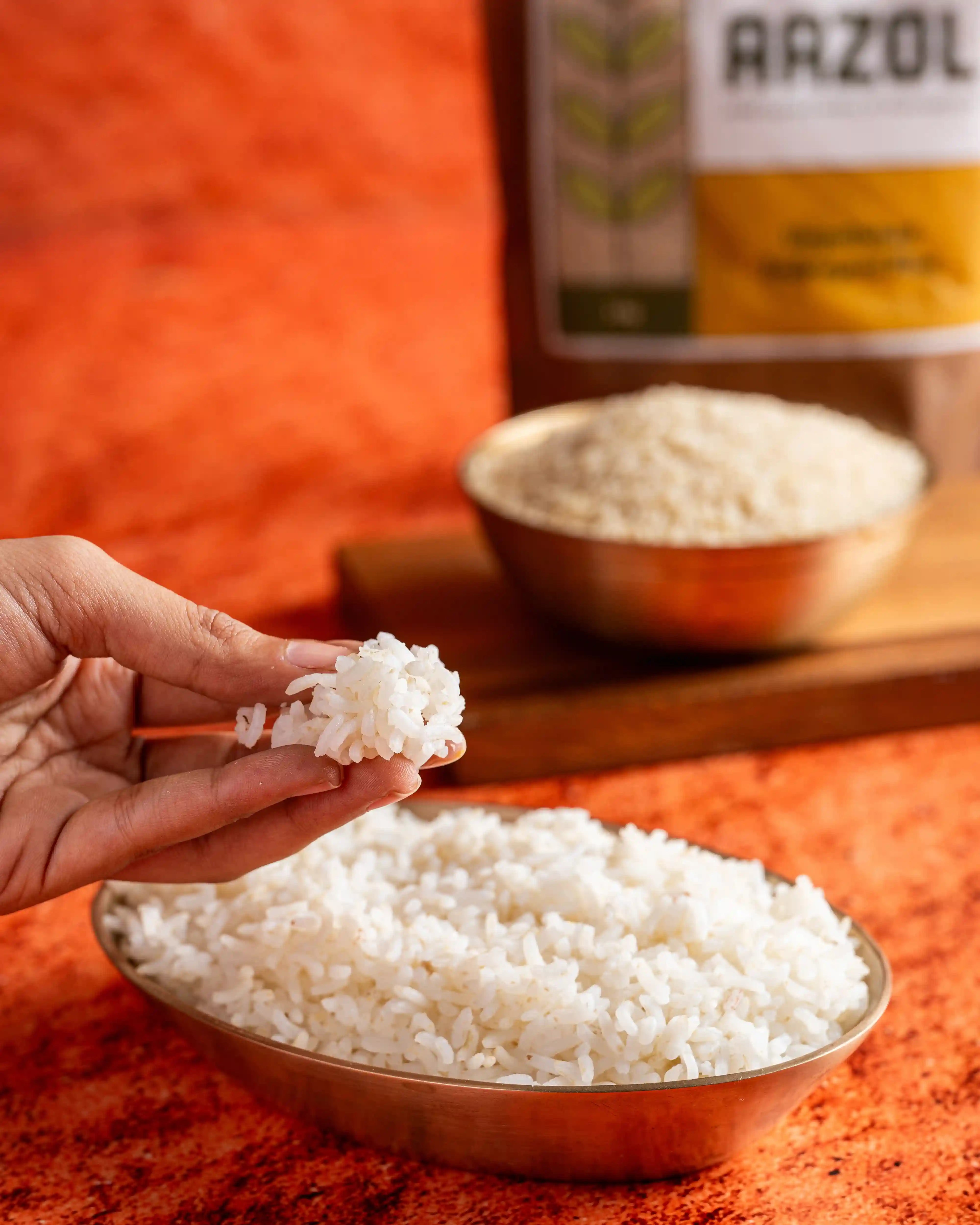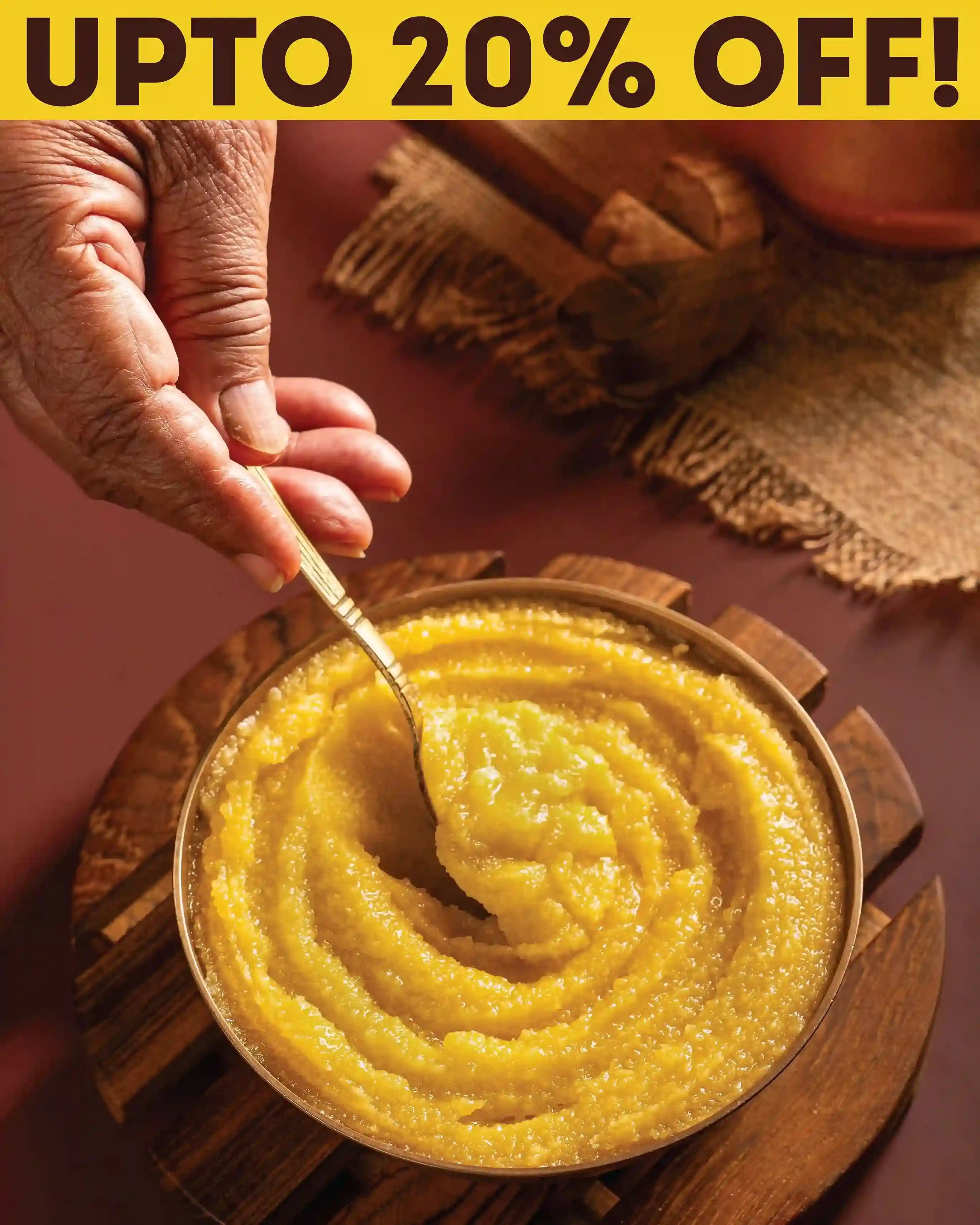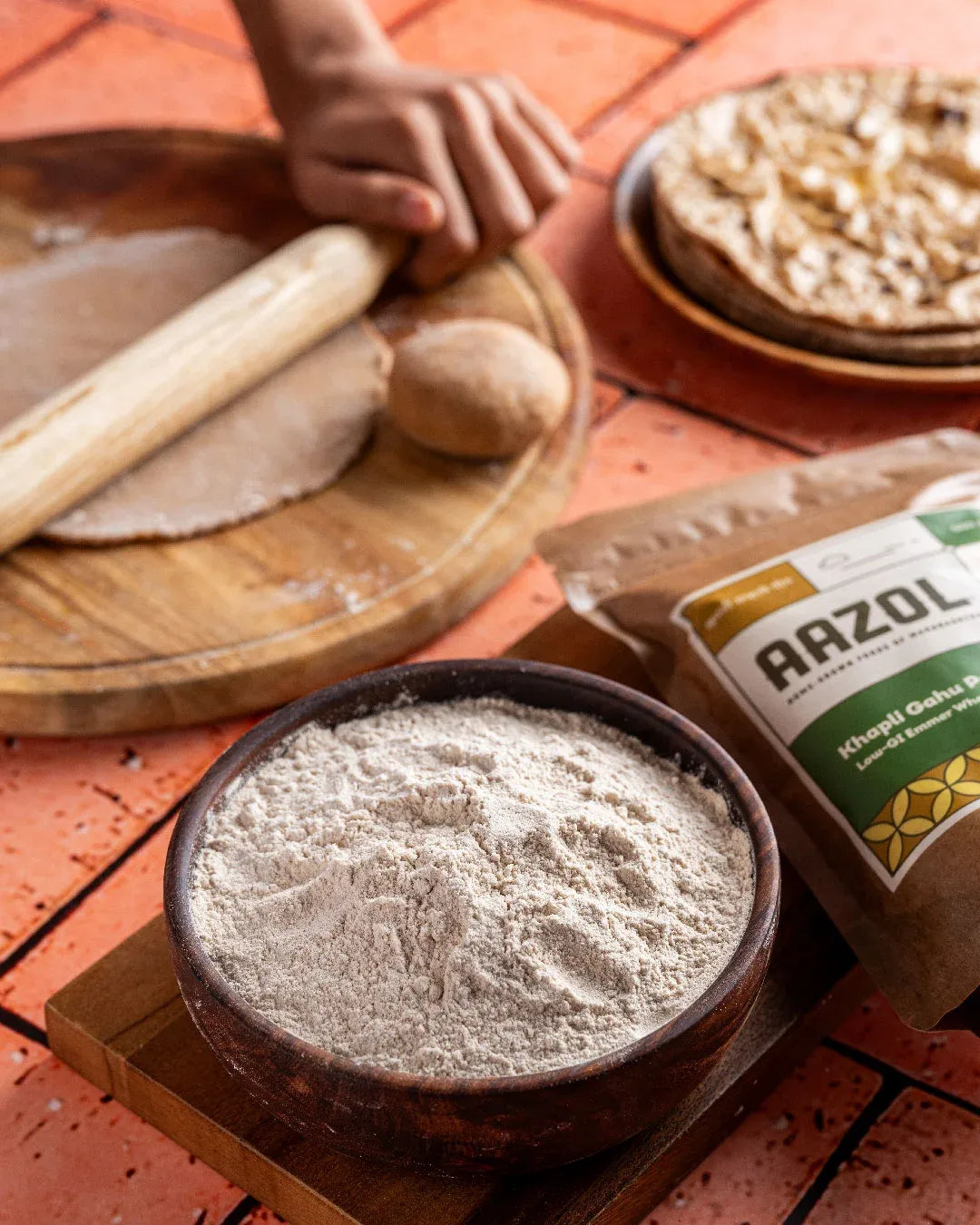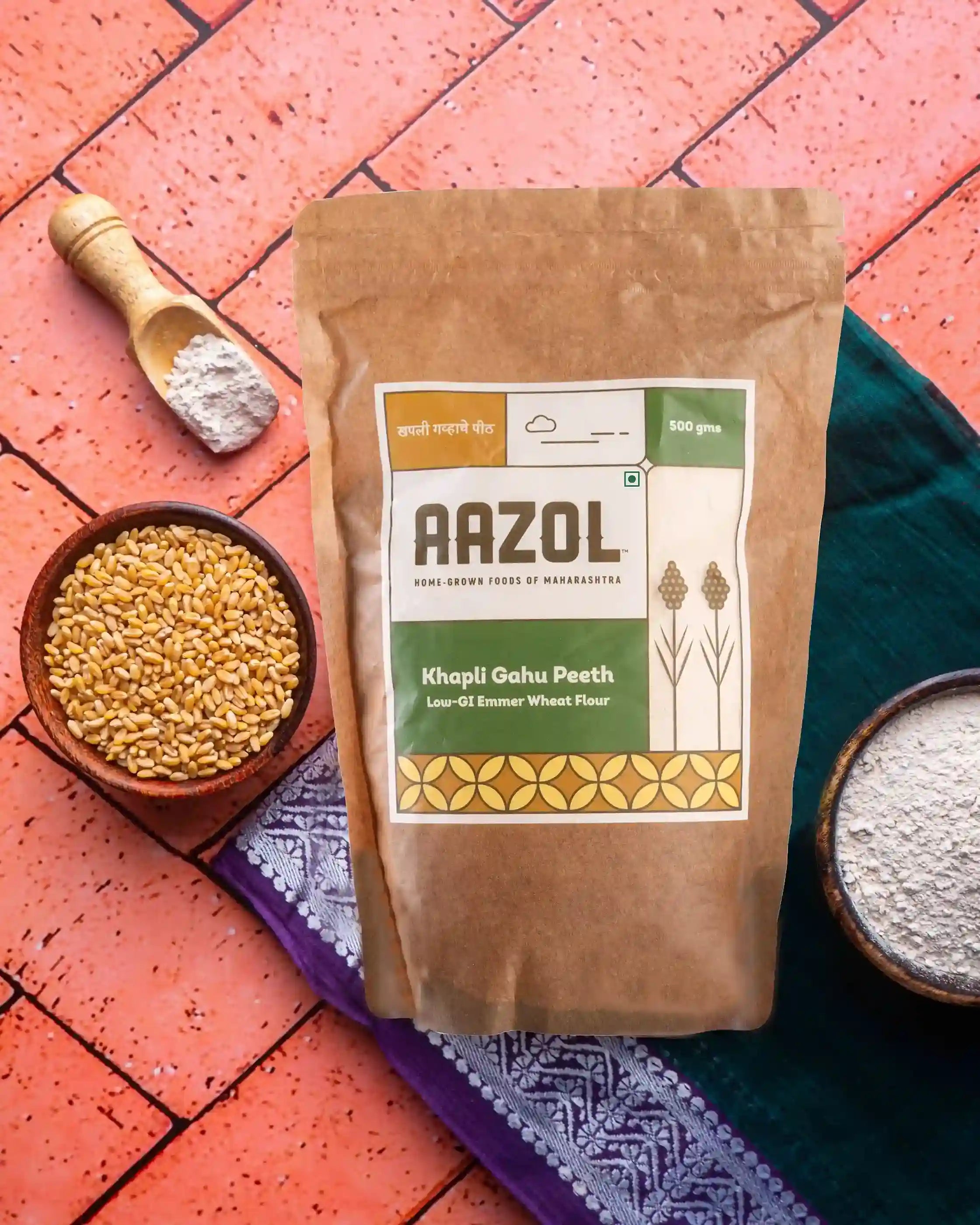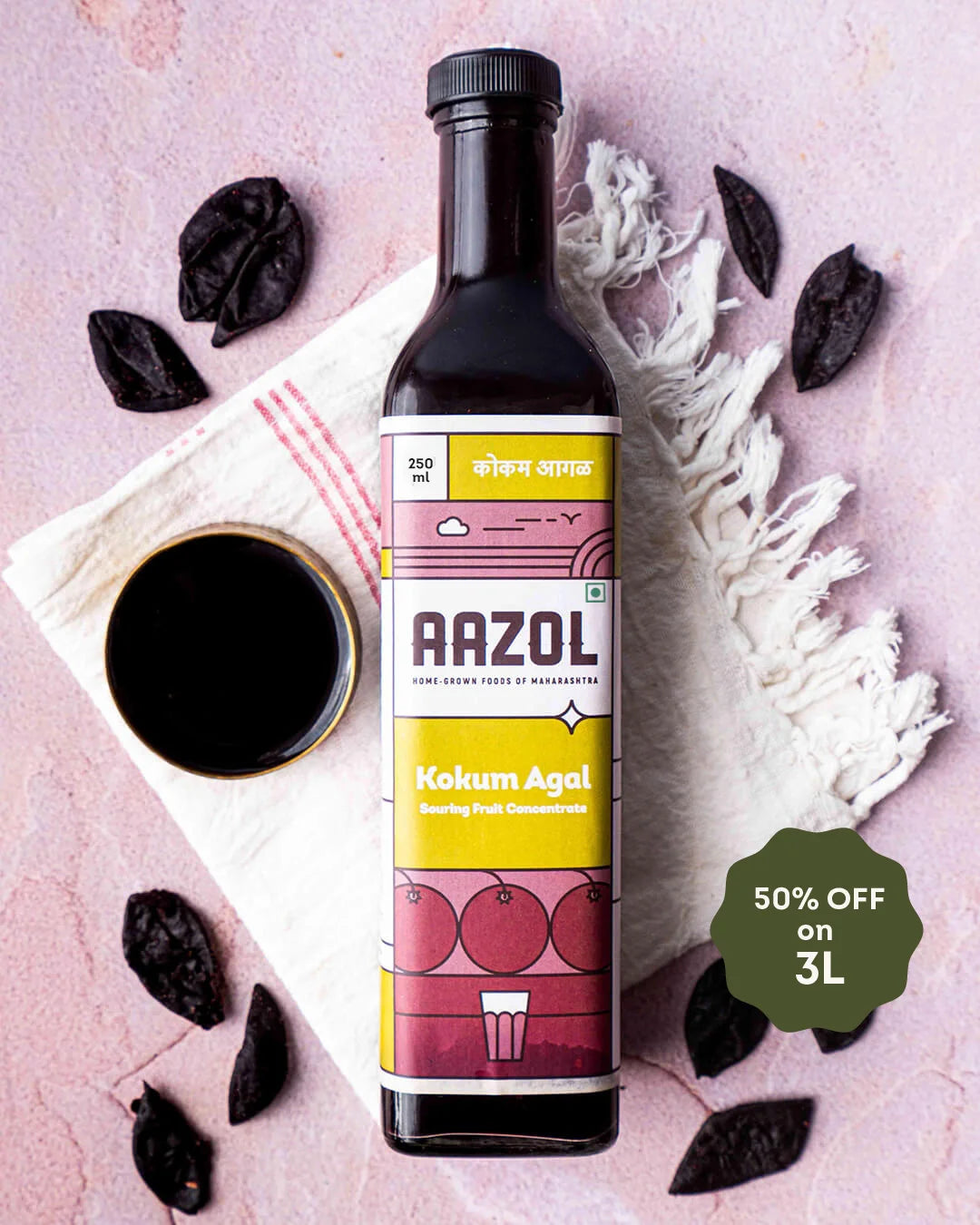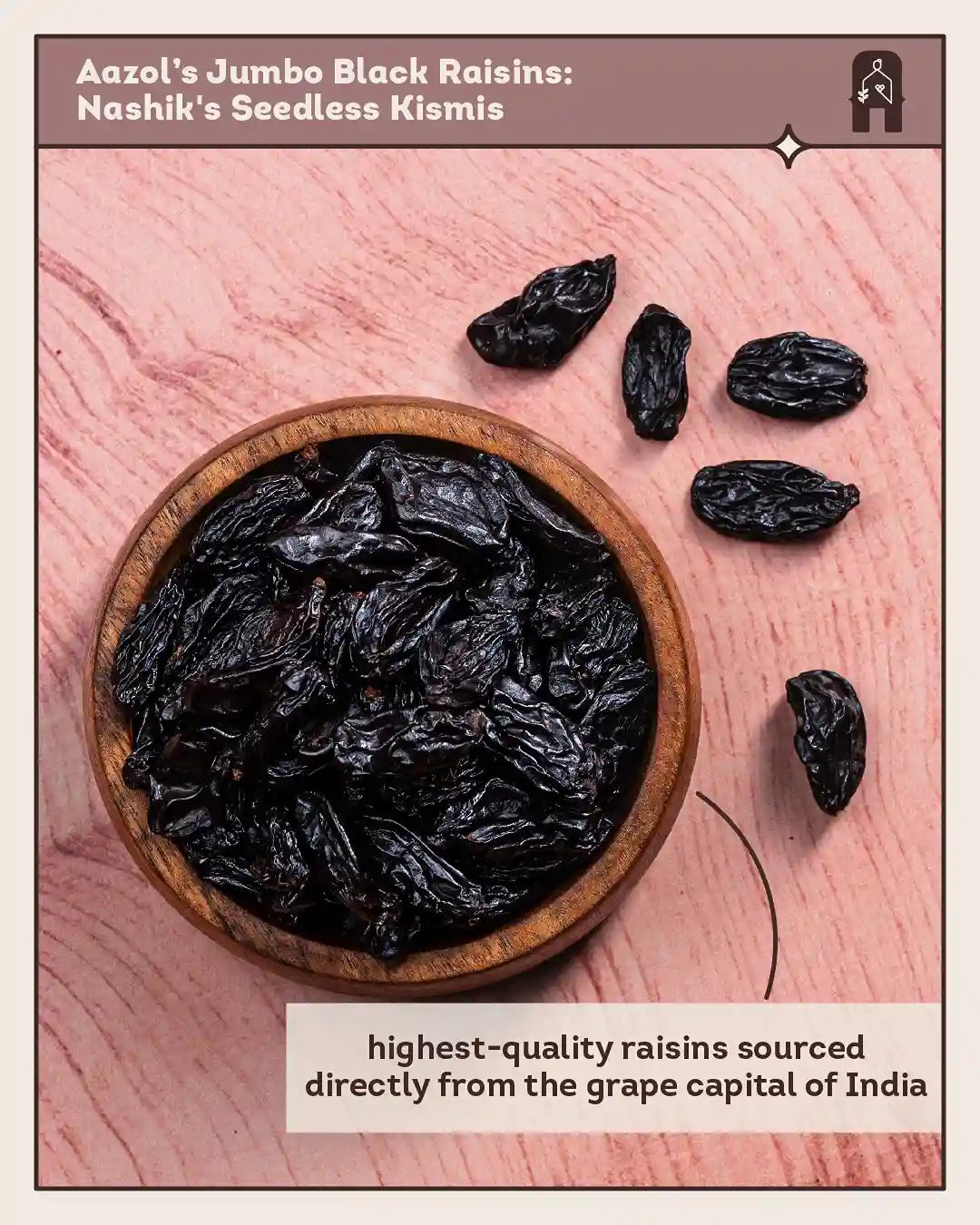Serves: 4 people
Preparation time: 20 mins
Cooking time: 15 mins
————
Cuisine: Maharastrian
Course: Snack
Difficulty level: Moderate
————
Kothimbir vadi is a popular savoury Maharashtrian teatime snack. Made with coriander (kothimbir), flour and spices, it is perfect for a between meals snack, breakfast or side dish for lunch and dinner.
Kothimbir means coriander leaves in Marathi and is a key ingredient in this recipe. Vadi means bite size pieces. So, the kothimbir vadi is steamed coriander and gram flour cake cubes that are fried or shallow fried. Kothimbir vadi is very flavourful and addictive.
In traditional kothimbir vadi recipes the vadi is made with gram flour but to make it healthier I have used Aazol’s Thalipeeth Bhajani (mixed flour) in this kothimbir vadi recipe. Aazol’s Thalipeeth flour is slow roasted multigrain atta. This Thalipeeth flour is a nutritious combination of wheat, rice, millets, dals and spices. This Thalipeeth flour is also best for making healthy multigrain parathas, chillas etc. Aazol’s Thalipeeth flour is the best multigrain atta available in the market. You can purchase it here. Let’s start using it to make delicious kothimbir vadi.
To make it low fat, you can skip the frying and make them steamed. They taste delicious even when not fried. Temper with some oil, mustard seeds, hing, curry leaves and sesame seeds and then garnish with some grated coconut.

Ingredients
- 1 cup Thalipeeth flour
- ¼ cup peanuts
- 1 teaspoon ginger
- 1 teaspoon garlic
- 2 teaspoon green chilli
- 1-2 tablespoon water for grinding
- 2 cups coriander leaves
- ¼ teaspoon turmeric powder
- ¼ teaspoon red chilli powder
- ½ teaspoon coriander powder
- ½ teaspoon cumin powder
- 1 pinch asafoetida
- 1 tablespoon sesame seeds
- Salt as per taste
- ½ cup water for batter
- 3 tablespoon oil for frying

Instructions
- Put the peanuts on a hot tawa. Maintain a low to medium flame.
- Roast the peanuts, stirring them periodically, until their skin becomes a dark brown colour or becomes crispy. Place them on a plate and allow them to cool fully.
- To get rid of the dry skin, rub the peanuts between your palms. Now powder them coarsely and set them aside.
- To the same grinder, add the ginger, garlic and green chilies. Then add some water. Pulverise it into a silky pulp (mortar paste can also be used to crush this mixture).
- Rinse the coriander leaves well, then finely cut them.
- In a mixing bowl, place the chopped coriander leaves.
- Add the previously ground green chilli paste, garlic and ginger to the mixing bowl.
- Add turmeric powder, red chilli powder, cumin powder, coriander powder and asafoetida.
- Next add sesame seeds and the peanut powder that has been finely ground.
- Add Thalipeeth flour and adjust the seasoning with salt and sugar.
- For a softer texture you can incorporate a pinch or two of baking soda into this stage.
- Mix everything thoroughly using a spoon or spatula.
- Proceed to prepare batter by gradually adding water.
- Stir until a thick batter forms. To create a thick paste add water as needed.
- Use peanut oil or any other neutral oil to grease a shallow dish. Fill this oil coated plate with the batter.
- Now heat up one to two cups of water in a pan to a boil. Before the water gets hot, put a little trivet inside the pan.
- After the water boils, reduce the heat and use tongs to set the plate with the batter on the trivet.
- Place the lid on and steam over a low heat for 15 to 20 minutes or until the batter solidifies and cooks through.
- Use a toothpick to inspect it after 15 to 20 minutes. It ought to yield a clear result.
- Allow it to reach room temperature.
- Using a butter knife, loosen the edges of the steamed cake and invert the pan onto a dish to remove it. Gently tap the pan to release the cake.
- Now divide the cake into any desired number of pieces. I created parts that are square.
- Heat up three tablespoons of oil in a frying pan or tawa. Put the Kothimbir Vadi on a medium heat source. To achieve a crisper texture, deep fry.
- Fry the other side after flipping the base till golden brown.
- Fry for a few more minutes on each side, or until golden and crispy.
- Kohimbir vadi should be placed on kitchen paper towels to absorb any excess oil. Serve hot or warm thalipeeth kothimbir vadi with your preferred chutney or sauce.
Recipe Tips
- Use fresh coriander leaves with a potent flavour and good aroma.
- Kothimbir vadi can be deep fried instead of pan frying them. Deep frying will give a more crispy texture.
- You can also skip garlic for a non-garlic version.
How to Serve
Serve kothimbir vadi with green chutney, coconut chutney, tamarind date chutney or mint chutney. It tastes very good with Aazol’s Dry Garlic Coconut Chutney too.
These kothimbir vadis can also be paired with plain yoghurt or ketchup.


